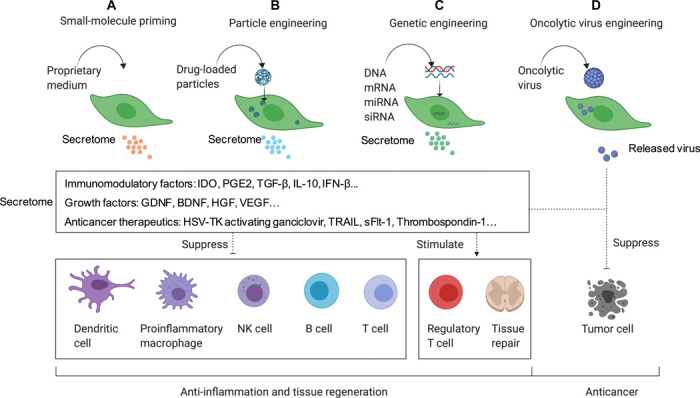Fig. 2. Bioengineering solutions to boost the functions of MSCs.

(A) Priming MSCs with small molecules is a simple and promising approach to induce the secretion of immunomodulatory and regenerative molecules, but the effect of small molecules only lasts a few hours to a few days. (B) MSCs can also be engineered with drug-loaded particles. These particles are intracellularly loaded into MSCs to sustain their immunosuppressive profile for an extended period of time, regardless of the source of MSCs, but particle preparation can increase the cost and complexity when compared to the use of free small molecules. (C) MSCs can be genetically engineered to overexpress a variety of different therapeutic molecules, including anti-inflammatory cytokines and growth factors, either to boost their innate functions or to overexpress other therapeutics and broaden their application to other diseases such as cancer. Viral vector–based genetic engineering typically has more efficient and durable gene expression but has some safety concerns because genes are integrated into the target cell genome. Nonviral vectors are safer, but the transfection efficiency is typically lower and gene expression is less durable. (D) OVs have also been used to engineer MSCs. MSCs function by shielding viruses to avoid immunogenicity and by releasing the virus in tumor tissue to kill tumor cells. One limitation is that regular OVs have only moderate infectivity, although this can be overcome by using certain viral variants with higher infectious capacity.
